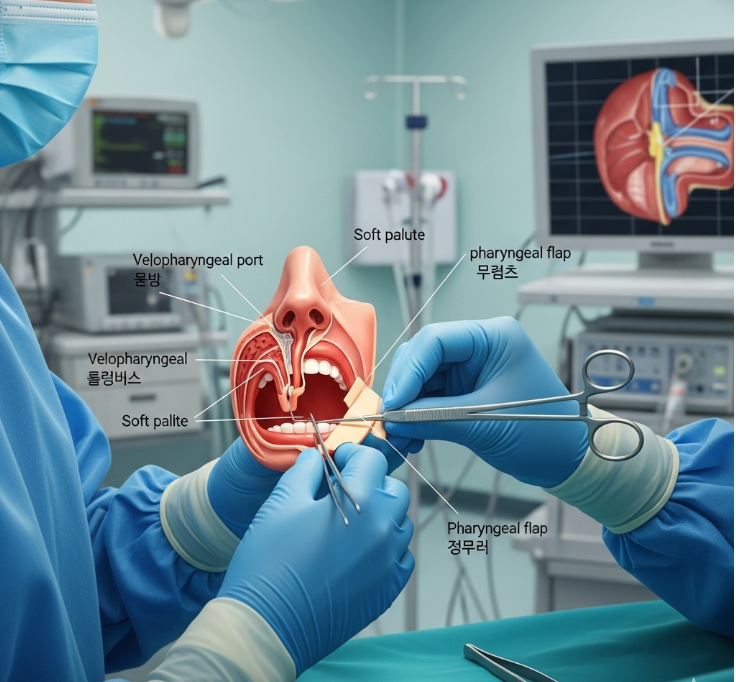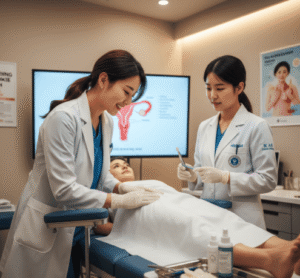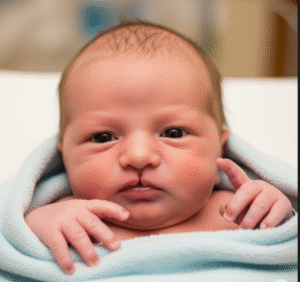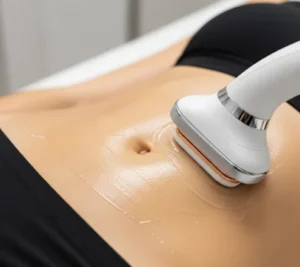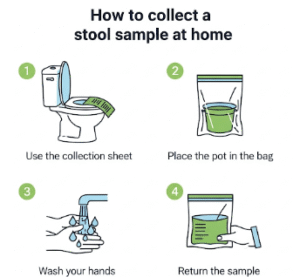What It Is
Speech surgery for velopharyngeal insufficiency (VPI) is a corrective procedure to improve speech in patients whose soft palate (velum) and throat muscles do not close properly during speech. This condition often occurs in children with cleft palate (repaired or unrepaired), but may also result from trauma, neurological disorders, or tumor surgery.
VPI causes hypernasal speech, air escape through the nose, and difficulty pronouncing certain sounds. Speech surgery involves repositioning or augmenting the palate and throat muscles to improve closure. In Korea, surgeons use tailored techniques, speech-focused planning, and multidisciplinary cleft teams to optimize outcomes for international patients.
Why It’s Done
Patients undergo VPI speech surgery because:
- They have persistent nasal-sounding speech after cleft palate repair.
- Air escapes through the nose when speaking, reducing speech clarity.
- Conservative therapies (like speech therapy) have not fully corrected the issue.
- They want to improve communication, confidence, and social interaction.
Good candidates include:
- Children with cleft palate or submucous cleft palate who develop VPI.
- Adults with VPI from trauma or surgery.
- Patients who have completed a period of speech therapy but still have significant VPI.
Alternatives
- Speech therapy alone: First-line treatment, but insufficient for structural problems.
- Prosthetic obturators or speech bulbs: Non-surgical option for selected patients.
- Filler or fat injections: Sometimes used for mild VPI, though less reliable.
Preparation
Before VPI surgery in Korea, patients will:
- Have a comprehensive speech evaluation with nasometry and resonance testing.
- Undergo nasopharyngoscopy to visualize velopharyngeal closure.
- Possibly undergo sleep studies to assess risk of airway obstruction after surgery.
- Receive anesthesia clearance.
- Parents (for child patients) are counseled on timing and rehabilitation needs.
How It’s Done
- Anesthesia: General anesthesia is required.
- Surgical techniques vary depending on anatomy and severity:
- Pharyngeal flap surgery: Tissue from the back of the throat is attached to the soft palate to narrow the nasal airway and improve closure.
- Sphincter pharyngoplasty: Rearranges throat muscles to create a functional sphincter.
- Furlow palatoplasty revision: Reconstructs and reorients palate muscles.
- Augmentation procedures: Fat, dermal, or synthetic materials added to the posterior pharyngeal wall for mild VPI.
- Duration: 2–4 hours depending on complexity.
Recovery
- First week: Sore throat, swelling, and mild pain are common; soft diet is recommended.
- Hospital stay: 3–5 days in most cases.
- Speech therapy: Begins shortly after healing to train new muscle movements.
- Final results: Speech typically improves within weeks to months, with continued refinement after therapy.
Possible Complications
- Persistent hypernasality or incomplete improvement.
- Airway obstruction or snoring, especially after pharyngeal flap surgery.
- Infection or wound breakdown.
- Rare risks: sleep apnea, velopharyngeal scarring, or revision surgery.
Treatment Options in Korea
Diagnosis
Korean cleft and speech teams use nasopharyngoscopy, videofluoroscopy, speech analysis, and resonance studies to design individualized surgical plans.
Medical Treatments
- Intensive speech therapy before and after surgery.
- Prosthetic obturators for selected patients.
Surgical or Advanced Therapies
- Pharyngeal flap surgery for severe VPI.
- Sphincter pharyngoplasty for poor lateral wall movement.
- Furlow double-opposing Z-plasty as a revision or primary option in select cases.
- Posterior pharyngeal wall augmentation for mild VPI.
Rehabilitation and Support
- Long-term speech therapy after surgery for best results.
- Scar and airway monitoring with follow-up studies.
- Multidisciplinary support including speech therapists, ENT specialists, and plastic surgeons.
- International patients benefit from Korea’s specialized cleft centers, modern surgical techniques, and multilingual rehabilitation services.

